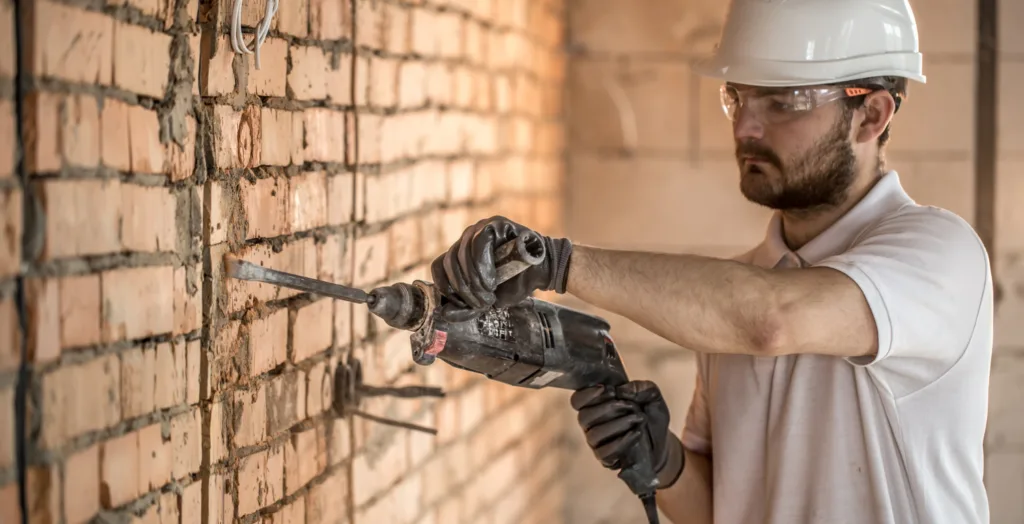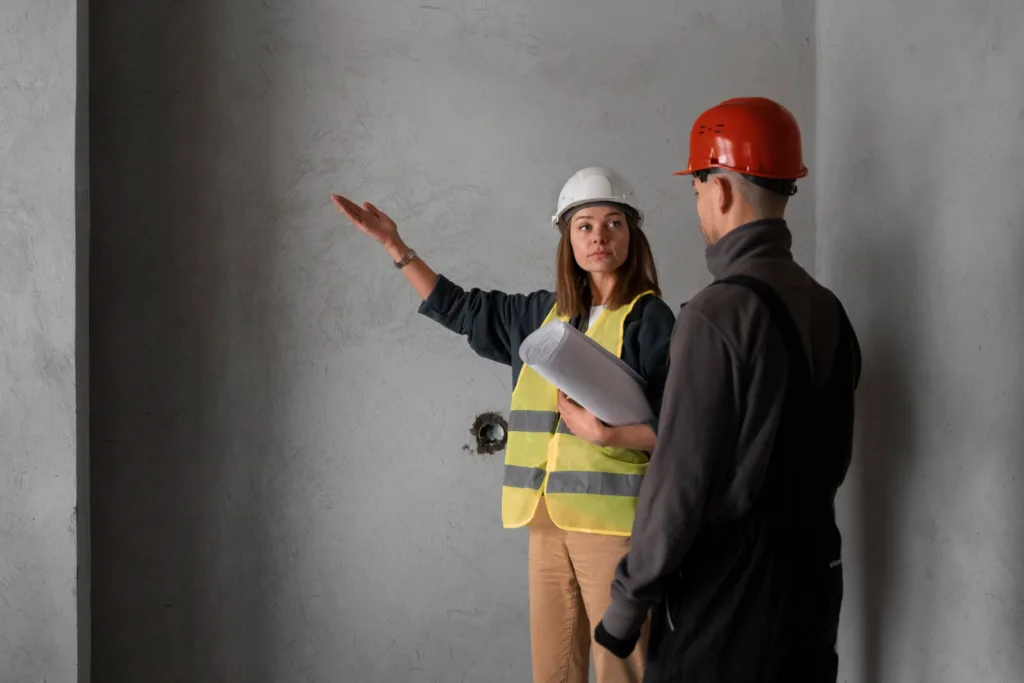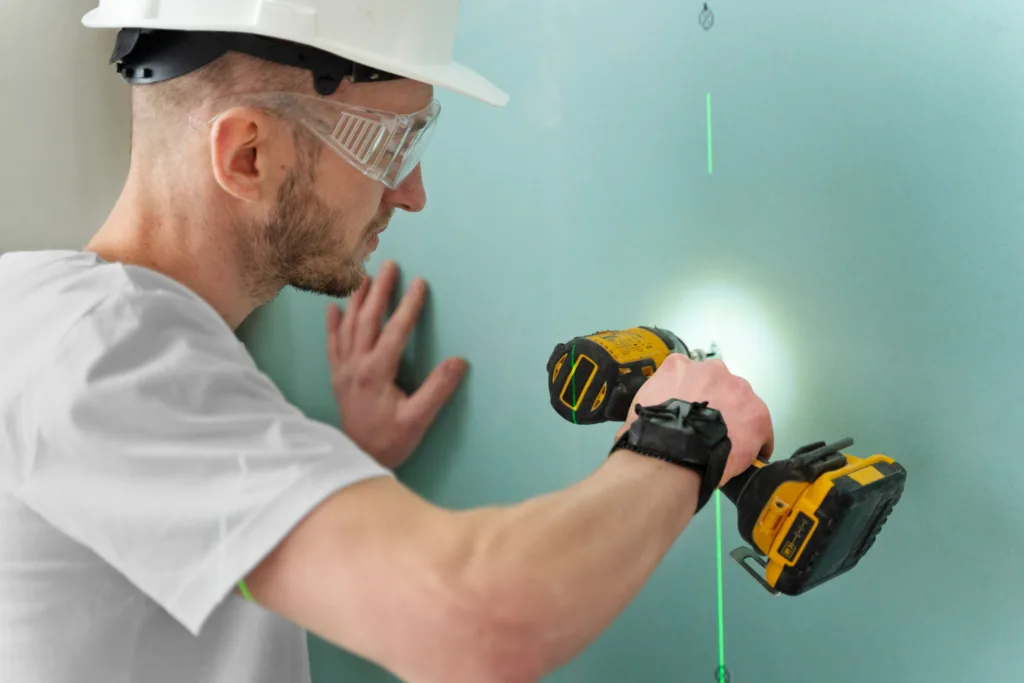
Retaining walls are a landscape feature common in Danville, California, due to its hilly terrain and the need for property owners to manage soil erosion and create level areas for gardening, building, and other outdoor activities.
A well-built retaining wall can enhance the aesthetic appeal of your property while also ensuring the structural stability of your land. However, even the sturdiest walls require maintenance to ensure their longevity and continued structural integrity.
In this ultimate guide, we will provide you with detailed advice on how to maintain your retaining wall effectively.
Understanding Retaining Walls
Before diving into maintenance tips, it’s essential to understand the basics of retaining walls. A retaining wall is a structure designed to restrain soil to a slope that it would not naturally keep to. They are typically made from materials such as stone, concrete, wood, or brick, and their design can range from simple to complex.
Types of Retaining Walls
Retaining walls are critical structures designed to restrain soil to unnatural slopes. They are used in a variety of contexts, including construction, landscaping, and infrastructure projects, to prevent erosion and land slippage. There are several types of retaining walls, each with its unique mechanism and application:
Gravity Walls
These walls leverage their mass to resist the pressure from the soil behind them. Typically constructed from heavy materials such as concrete, stone, or brick, gravity walls depend on their weight to hold back soil. The simplicity of their design makes them suitable for lower heights, where the gravitational force exerted by the wall’s mass is sufficient to counteract the earth’s pressure.
Cantilevered Walls
Engineered with a footing or foundation, cantilevered walls are designed to use leverage to retain soil. They have a base slab and a thin stem that forms the visible wall. The base extends into the backfill, and the design converts the downward pressure from the soil above the base into vertical pressure on the ground below. This type of wall is more efficient than gravity walls and can be used for higher structures.
The cantilevered design requires less material than gravity walls for the same height, making it a cost-effective solution for many projects.
Sheet Piling Walls
Primarily used in tight spaces or where the ground is soft, sheet piling walls are made of sections of sheet materials (such as steel, vinyl, or wood) driven into the ground. The effectiveness of a sheet piling wall is largely dependent on the depth to which it can be driven and the soil’s ability to provide support.
This type of wall is commonly utilized in waterfront properties, construction sites, and as temporary soil retention systems.
Anchored Walls
This type of retaining wall uses cables (usually made of steel) that are anchored into the soil or rock behind the wall and then attached to the wall itself, providing additional support. Anchored walls can be constructed as gravity walls, cantilevered walls, or sheet piling walls, with the anchors providing extra resistance against the lateral pressures of the soil.
This system allows for thinner walls and can be used in situations where high loads are expected, or where the wall itself cannot be made large or heavy enough to resist the soil pressures on its own.
Initial Inspection
The first step in maintaining your retaining wall is to conduct an initial inspection to establish a baseline for its condition. Look for obvious signs of distress such as:
- Cracks or bulges in the wall
- Tilting or leaning of the wall
- Water damage or signs of poor drainage
- Erosion of the soil behind the wall
If you notice any of these issues during your initial inspection, it’s essential to address them promptly before they worsen.
Routine Maintenance Tips
1. Drainage: The Keystone of Retaining Wall Health
Proper drainage is the most critical factor in retaining wall health. Water buildup behind the wall can lead to hydrostatic pressure, which is often the primary cause of wall failure. To maintain proper drainage:
- Ensure weep holes are clear of debris.
- The drainage path should be regularly inspected, especially after heavy rains.
- Consider installing a French drain system if water buildup is a recurrent problem.

2. Vegetation Control
Roots can be both a friend and foe to your retaining wall. While some vegetation can provide additional stability, invasive roots can cause significant damage. Regularly trim back any large shrubbery or trees near the wall, and remove any plants that are known to have invasive root systems.
3. Regular Cleaning
Dirt, debris, and biological growth can affect the aesthetics of your wall and potentially its integrity. For concrete or stone walls, use a pressure washer on a low setting to clean the wall. For timber walls, a stiff brush and soapy water may suffice.
4. Monitoring and Repairing Cracks

Small cracks can be a natural occurrence as materials expand and contract with temperature changes. However, large or expanding cracks indicate structural issues. For minor cracks, use a concrete crack filler or mortar to repair them. Major cracks may require professional attention.
5. Checking for Movement
Small cracks can be a natural occurrence as materials expand and contract with temperature changes. However, large or expanding cracks indicate structural issues. For minor cracks, use a concrete crack filler or mortar to repair them. Major cracks may require professional attention.
Periodically check your wall for any signs of movement, such as bulging or leaning sections. These can be signs of structural failure and should be addressed immediately.
6. Erosion Control
Erosion can undermine the base of your retaining wall. Planting ground cover can help, as can the use of mulch or erosion control fabrics. Ensure that the toe of the wall (the part of the wall buried in the ground) is not exposed due to erosion.
Advanced Maintenance Considerations

1. Soil Pressure Management
The soil behind your wall exerts pressure on it. You can reduce this pressure through proper tiering and backfilling practices. Using lighter materials, such as gravel rather than heavy soil, for backfill can also help.
2. Seasonal Adjustments
Seasonal changes in Danville can impact your retaining wall. In the rainy season, be vigilant about drainage and inspect your wall after any significant rainfall. During dryer months, check for signs of soil contraction that may affect the wall’s stability.
3. Addressing Water Issues
If your retaining wall is frequently exposed to water from sprinklers or runoff, ensure that the wall materials are sealed and protected. Water repellents can be applied to surfaces to reduce water ingress.
4. Professional Inspections
While many aspects of retaining wall maintenance can be handled by homeowners, it’s wise to have a professional inspect your wall every few years, especially if it’s a complex or tall structure.
When to Call the Professionals

If you encounter any significant issues such as large cracks, movement, or signs of a failing wall, it’s time to call in the experts. A professional can assess thesituation and provide the necessary repairs or reinforcement to ensure your wall remains stable and secure.
Long-Term Care and Upgrades
1. Reinforcement Options
For older walls showing signs of wear, reinforcement options such as soil nails, helical anchors, or tiebacks can be installed to extend the life of the wall.
2. Waterproofing
Applying a waterproofing membrane to the backside of the wall can help prevent water from seeping through and causing damage.
3. Aesthetic Enhancements
Maintaining the appearance of your retaining wall is also important. Consider adding a new finish or facade to the wall to refresh its look. Stone veneers or stucco can be applied to enhance the wall’s appearance and protect it from the elements.
Conclusion: The Importance of Proactive Maintenance
Maintaining a retaining wall is not just about reacting to issues as they arise. A proactive approach to care and maintenance is the most effective way to ensure the longevity and structural integrity of your wall. Regular inspections, immediate attention to small repairs, and an understanding of the environmental factors affecting your wall will go a long way toward preserving its function and appearance.
For residents of Danville, CA, your retaining walls are an essential part of your property’s landscape. Given the local climate and topography, it is crucial to pay close attention to the health of these structures. If you find that your retaining wall needs more than just basic maintenance, or if you’re unsure about any aspect of its care, don’t hesitate to reach out for professional assistance.
Choose Rhino Concrete Danville for Your Retaining Wall Needs
At Rhino Concrete Danville, we understand the challenges and intricacies of retaining wall maintenance. Our team of experts specializes in the construction, repair, and maintenance of retaining walls, ensuring that they not only serve their purpose but also contribute to the beauty of your property.
Whether you’re looking to build a new retaining wall or maintain an existing one, Rhino Concrete Danville has the expertise to assist you. We pride ourselves on our attention to detail, high-quality materials, and customer satisfaction. From initial inspections to advanced reinforcement and aesthetic upgrades, we’re here to help your retaining wall withstand the test of time.
For tailored advice, maintenance services, or any questions about retaining walls, contact Rhino Concrete Danville. We’re dedicated to ensuring that your retaining walls are as strong and reliable as the rhino in our name.
Let us help you protect your property and investment with the ultimate in retaining wall maintenance and service.






